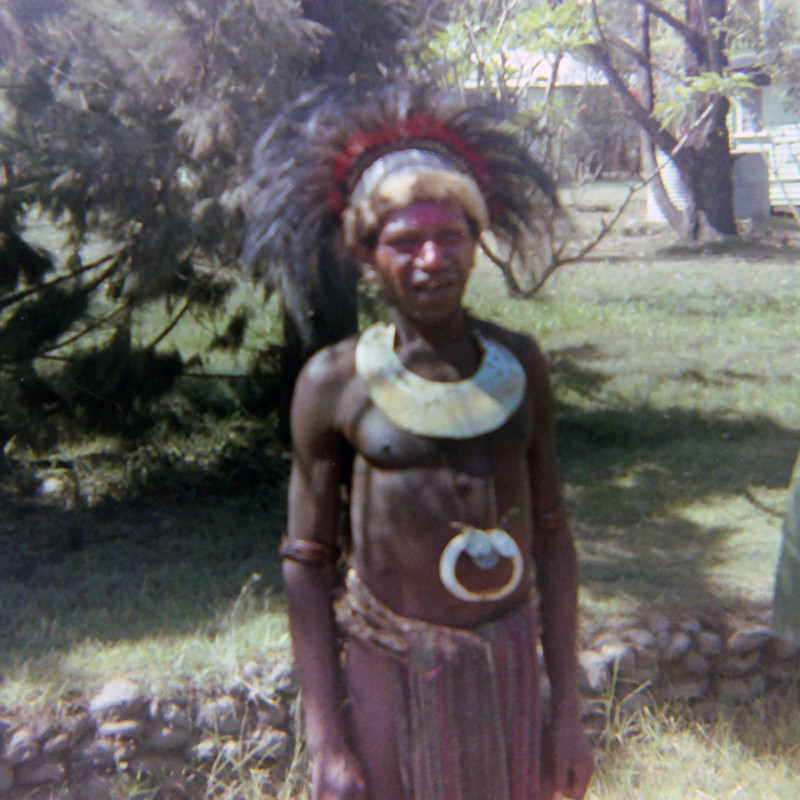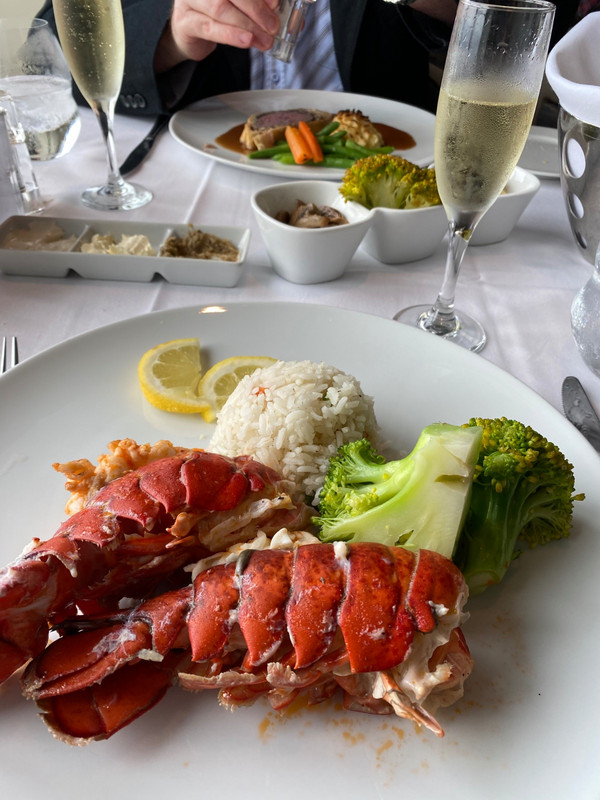After visiting countries around the world, not much can cause culture shock to me. But the experts say to be prepared when visiting Croatia. Croatia is a blend of at least four distinct cultures, with the Illyrian movement the most significant. Croatia is the origin of the cravat, or the precursor to what we know today as the modern necktie, though few wear them anymore. The first order of business is to register with the police within 48 hours of arrival, unless I am booked into a hotel or group tour. I am booked into both, with the first night in Split, then my cycle and cruise down the Dalmatian Coast. All tourists must pay a daily tourist tax, including Croatians staying away from their place of permanent residence! This applies to those staying in private homes. I do not know what the $$ penalty might be. It reminds me of my trip on the Trans Siberian Railway across Russia. My entire itinerary was monitored by the Russian government, whether on board the train or in a hotel. The only respite would be to find a local sponsor who would vouch for my stay with them. Anyway, this sounds very big
brother like if you ask me. But Croatians are a war and friendly people, right? One issue for foreigners are the many distinct accents and dialects in this country of diverse historical development. For example, in Istria, two is dve, while in Zagreb and the east it is dva. So, I guess I might as well not worry about anything but please and thank you. The bora is a fierce wind that blows north down the Adriatic and has a major influence on the lives of Dalmatians. As a result, many island towns are set in the lee of hills to curb the wind. Crops and livestock are raised within sturdy stone stockades to protect them from the winds. But on the plus side the bora provides the cool arid breeze needed for drying Dalmatian psut (ham). The air movement is also needed to pollinate olives, fruit, and vines. The bora usually blows at night and in the mornings, with gentle mid day zephyrs, and calm afternoons. This could make some of our cycling rather challenging. On the subject of home brew, it usually does not take long before a guest is offered homemade rakia, a spirit distilled from grape skins after they have been pressed for wine. Many roadside stands also sell their version of very palatable rakia. I am told to be very careful, as it is very strong and causes bad hangovers. I cant wait to try it! Be warned, the beaches look beautiful but are pebble or shingle, not sand. A cheap pair of beach shoes or sandals are a wise investment. On the downside, this is a country of smokers, with little concern for us nonsmokers. Perhaps if we dine alfresco, we can minimize this great perturbation. Croatian culture is or a web woven of many strands. It is derived from the influences of its many different and diverse colonial overlords. Culture, architecture, art, and music arrived here from all around the known world. It begs the question, what is real Croatian culture? Here is a good example of cross culture confusion: The Moreka sword dance is performed in the historic island of Korčul, near Dubrovnik, where they have particular reason to dress up as Moors and Christians and swing sabres around, as the Battle of Lepanto in 1571 prevented an Ottoman invasion. Ever since, Korčulans have performed this dramatic dance that originated in early medieval Spain. shows can be seen all summer, but the main performance on the Feast of St Todor on 29 July is relatively authentic, minus the ox beheading that once it.
And another: If there is one thing that is synonymous with Croatia, it is the distinct checkerboard design that is ubiquitous here. Whether it is adorning the jerseys of national sports teams, the faces of supporters or practically every flag in the country, there is nothing more Croatian than what the local people call the ahovnica (chessboard).









